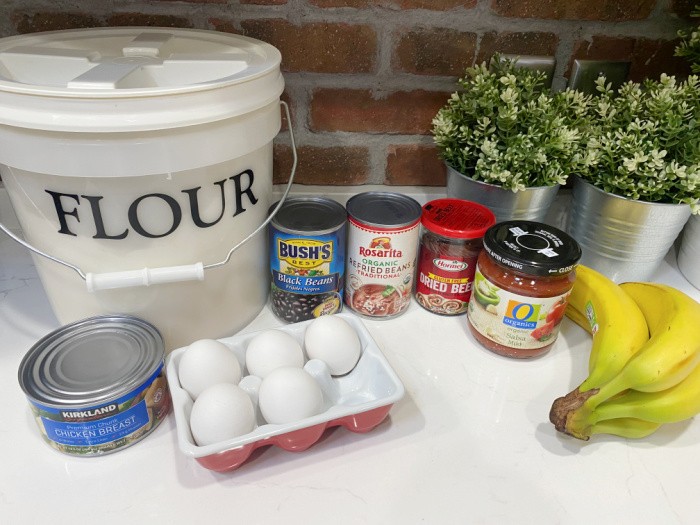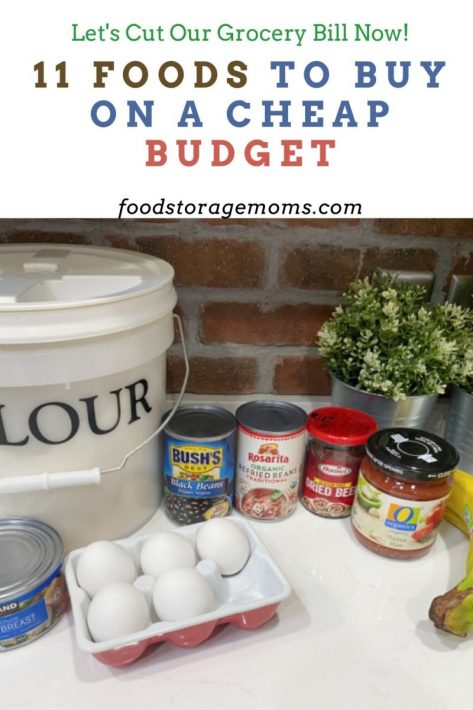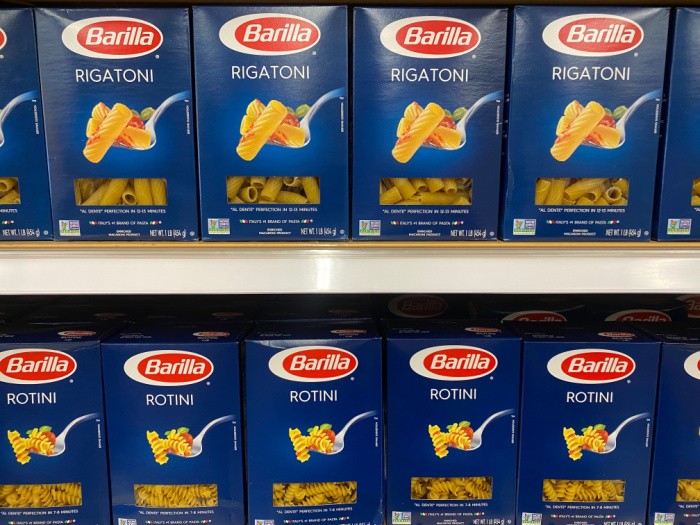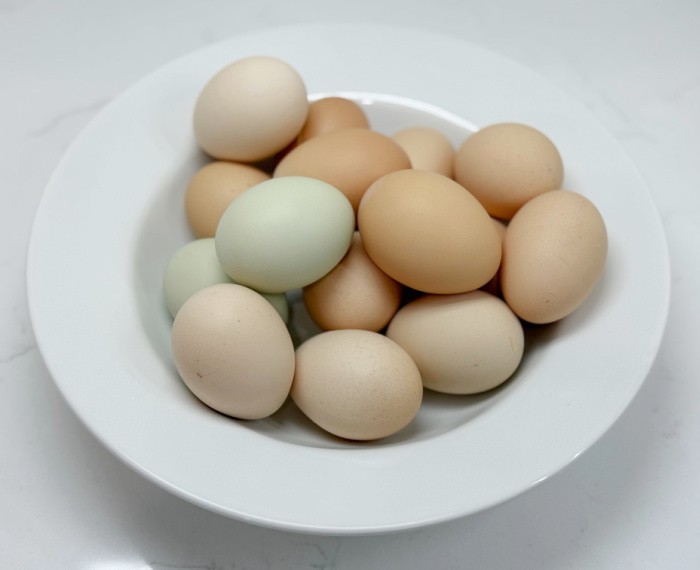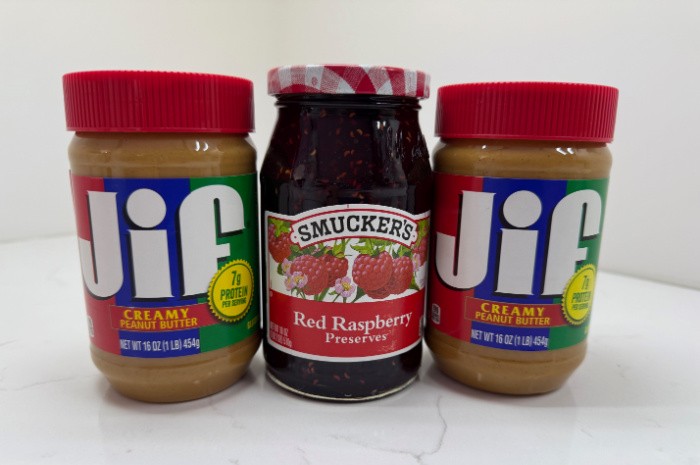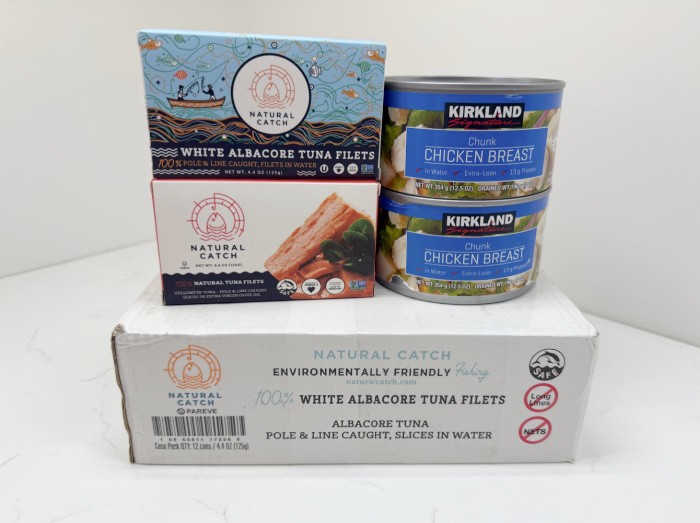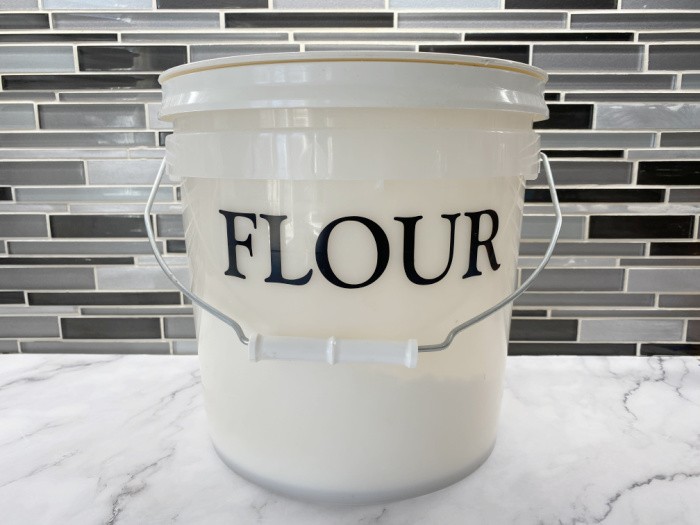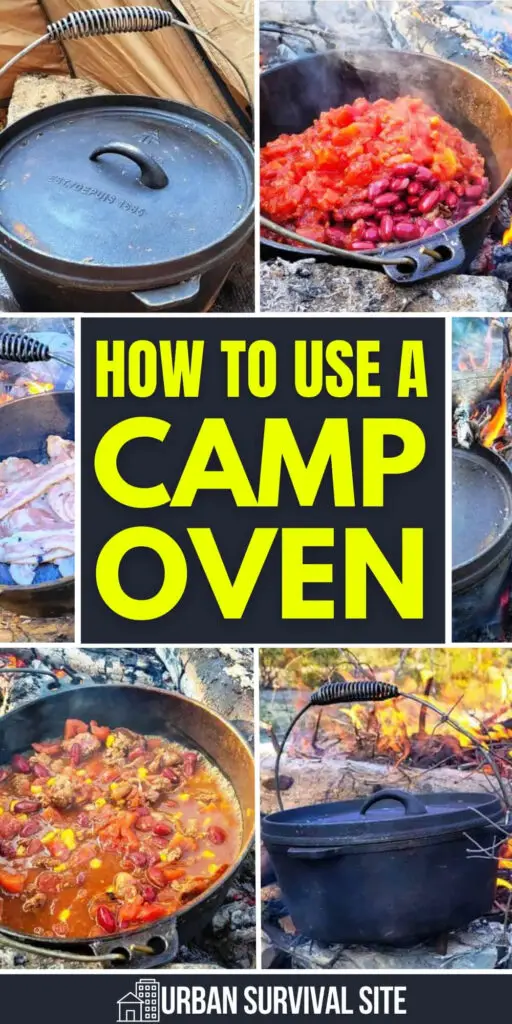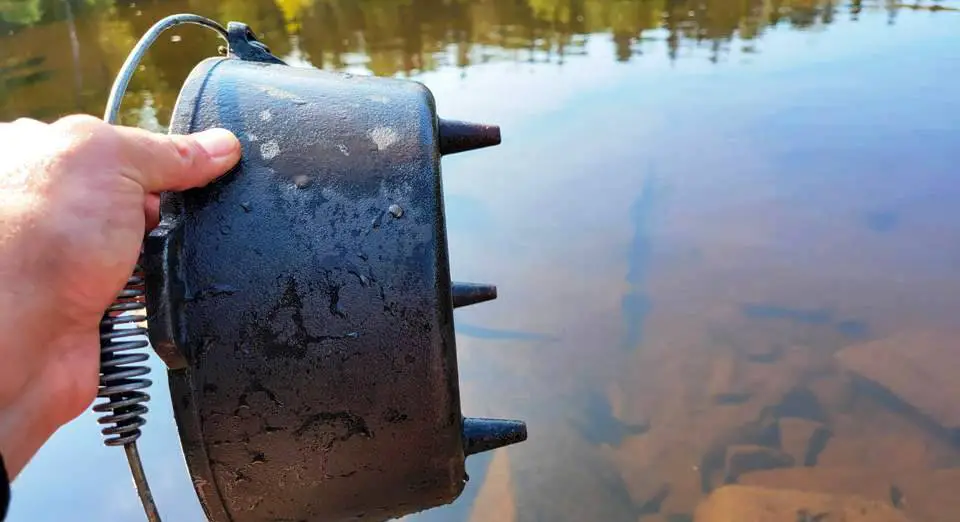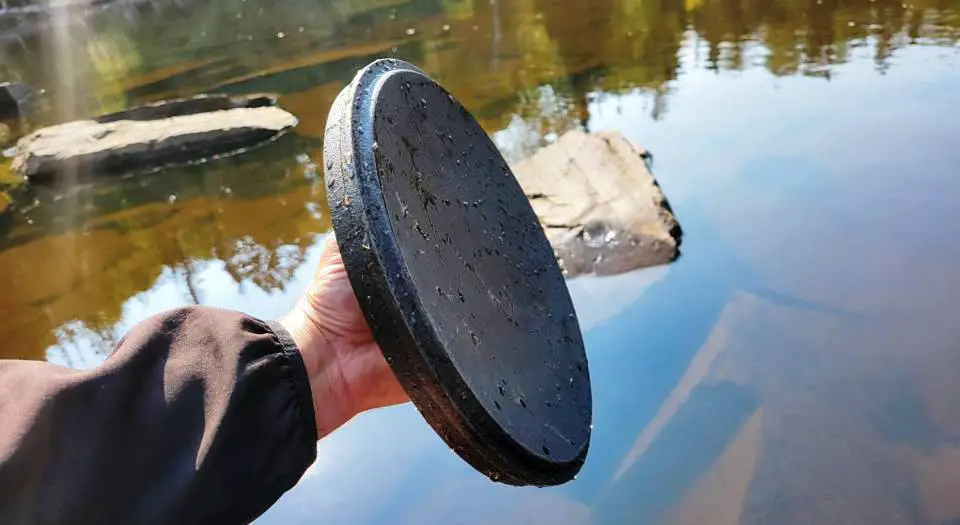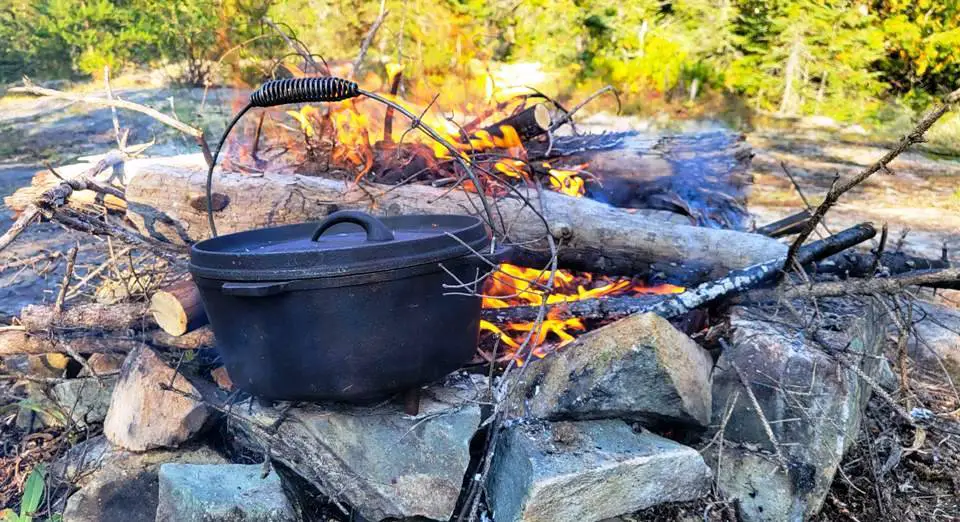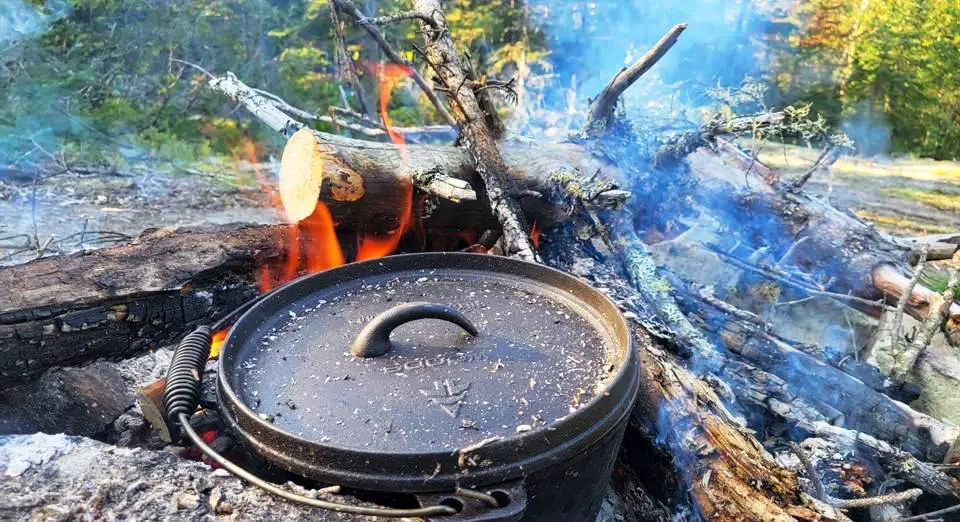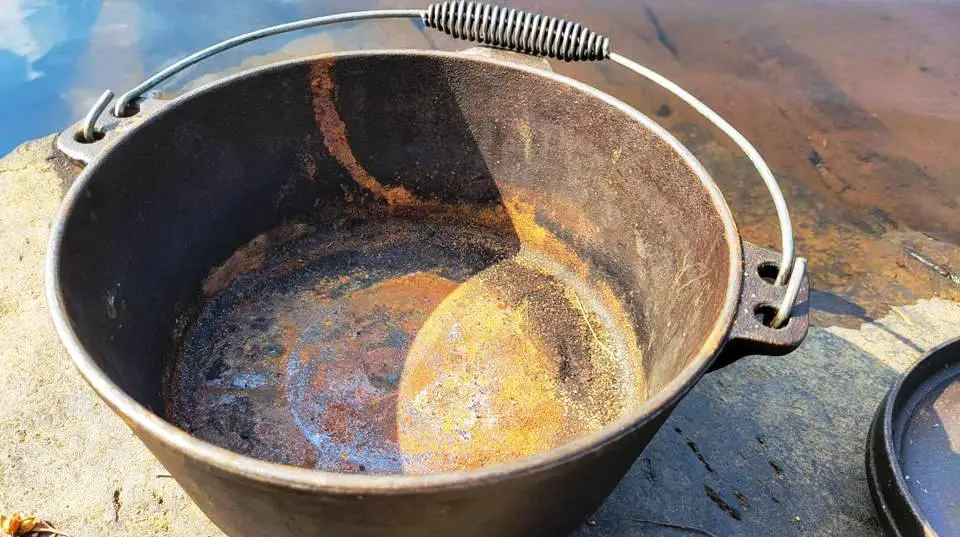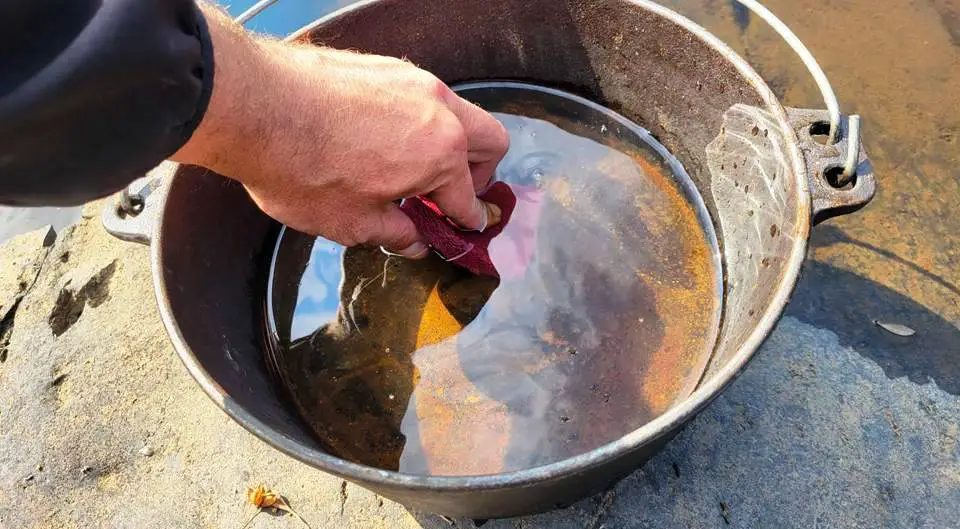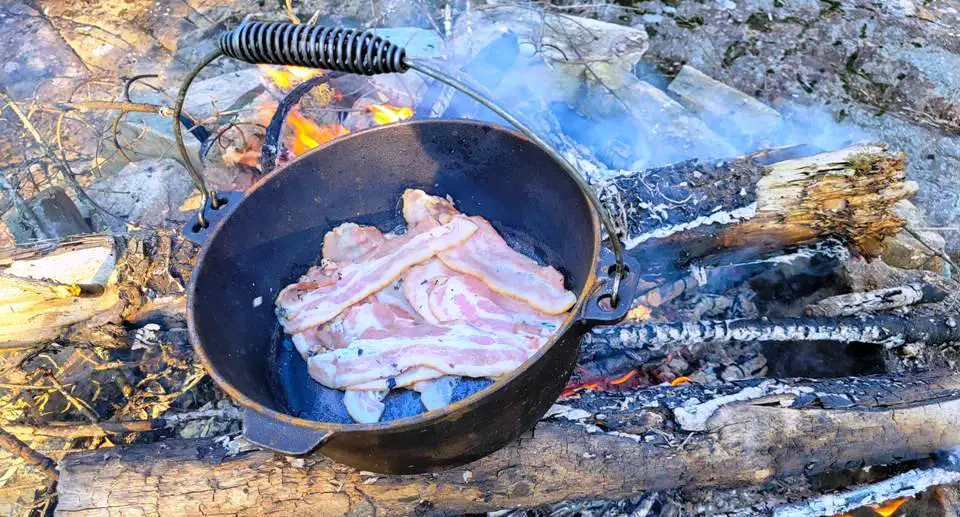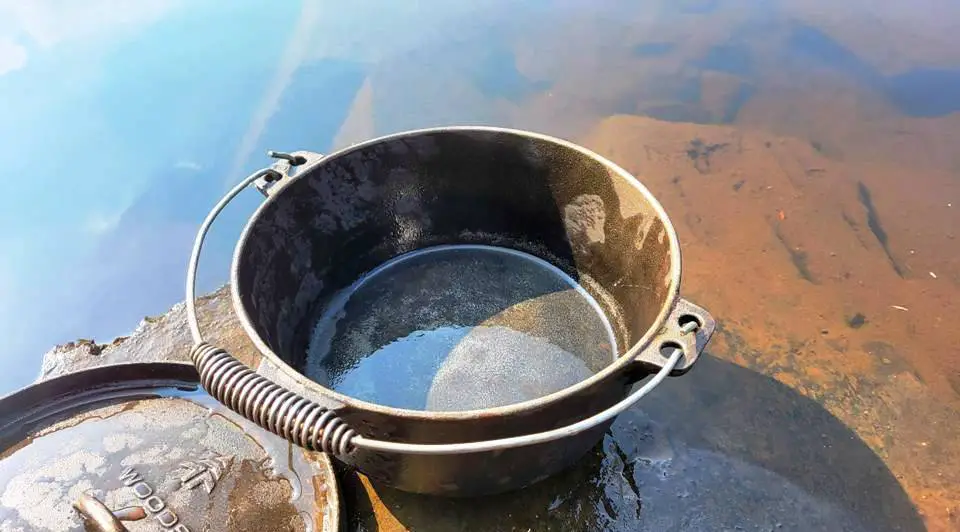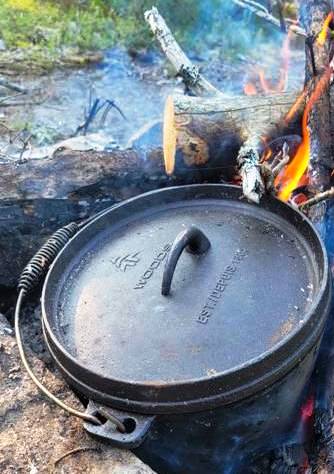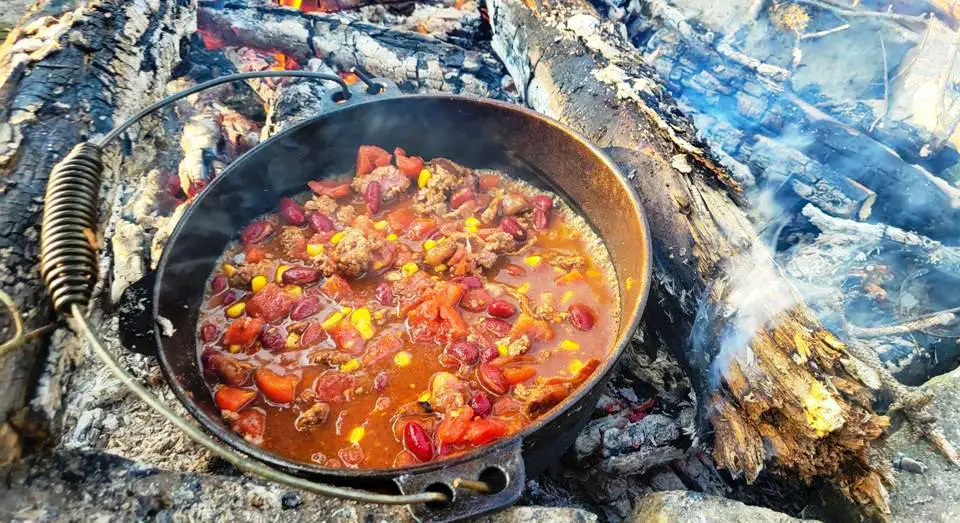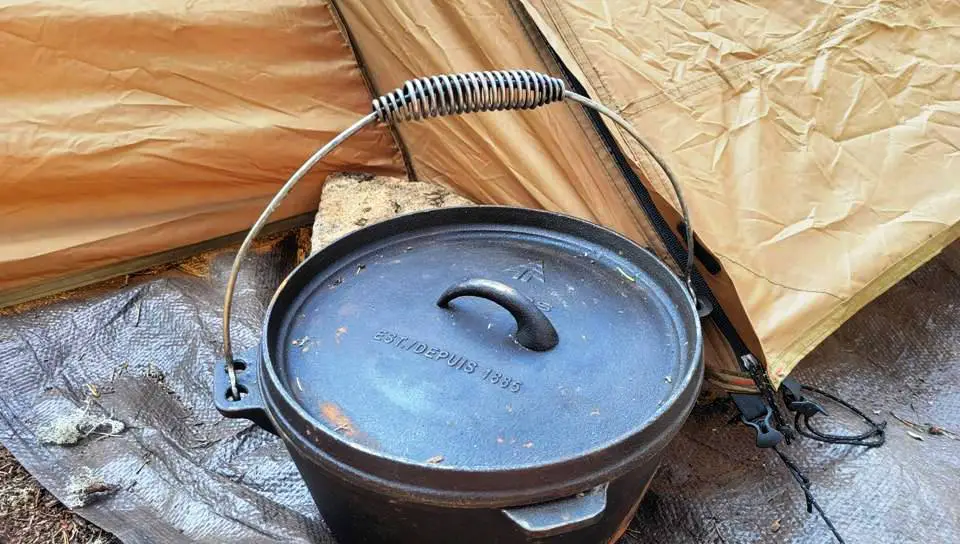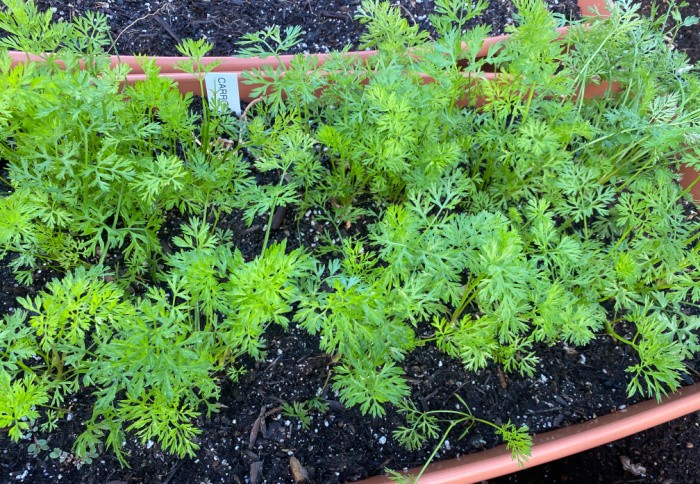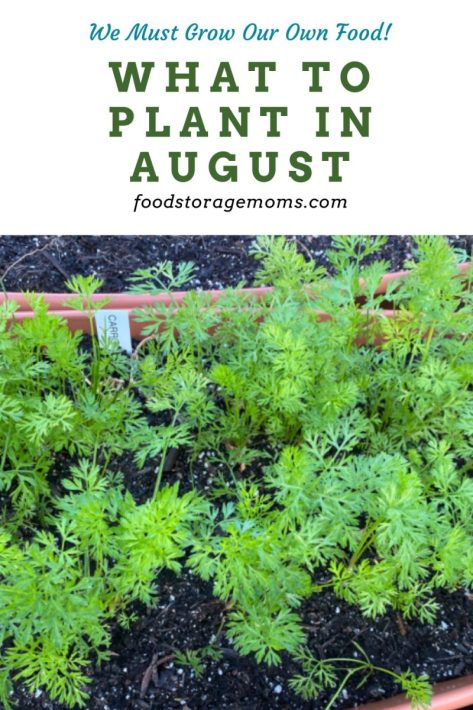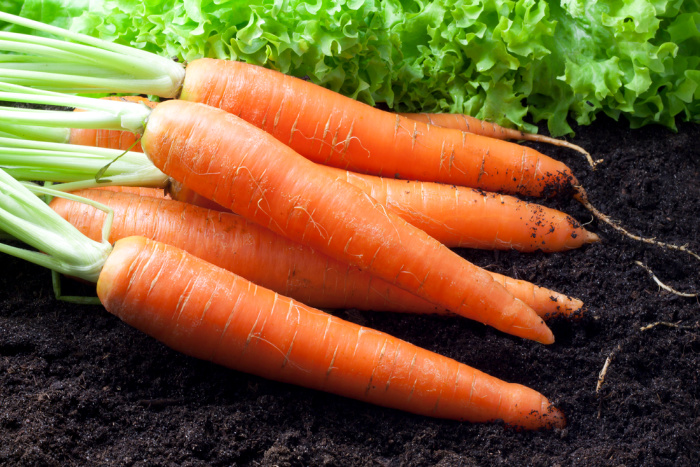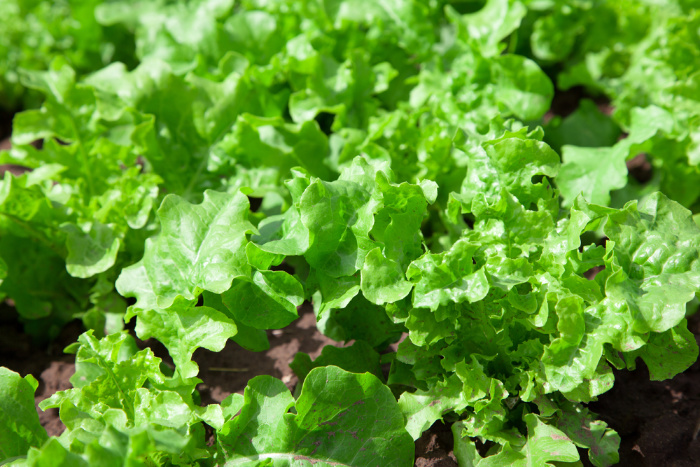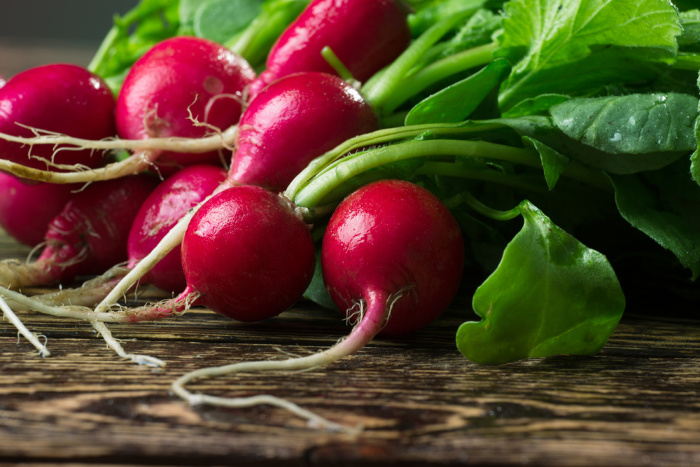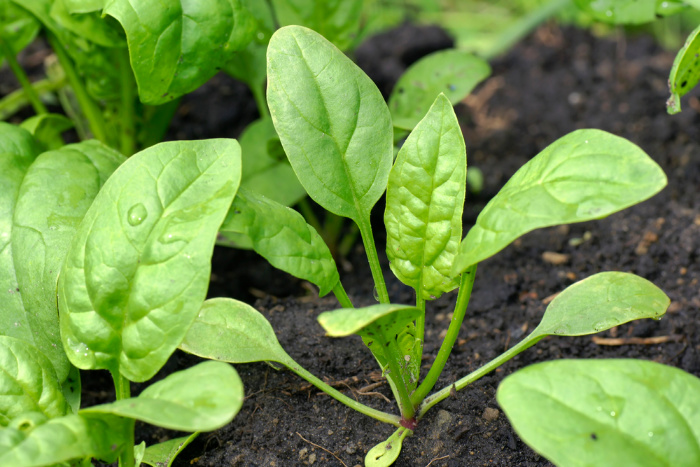Estimated reading time: 11 minutes
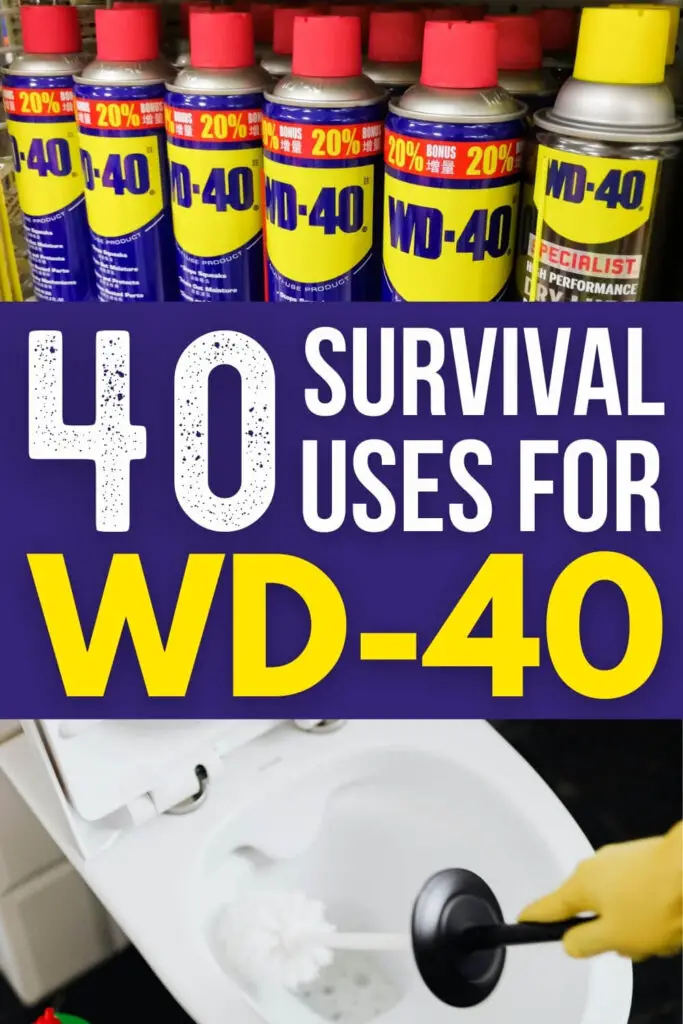
WD-40 can be found in just about every household. But if you’re a prepper, you might want to get a few extra cans so you'll have plenty on hand for all kinds of applications and projects.
Keep in mind that there are many types of WD-40. In this article, we’ll be looking at survival uses for the original WD-40, also known as WD-40 Multiuse. You can find more information on the different types of WD-40 at their website.
Of course, it’s important to use the right tool for the job, so let’s look at some uses for the original old-favorite, WD-40.
1. Degreaser
WD-40 is an excellent all-purpose degreaser. Use it to remove built-up grease from your hands, tools, car parts, or even work clothes. Simply spray it on, let it sit for a few minutes, then wipe or wash away. On fabrics, apply directly to the greasy spot, wait a few minutes, and wash as usual. Always spot test first—WD-40 may darken some materials.
2. Remove Rust from Tools
Don’t toss out rusted tools. Spray the rusted areas with WD-40, let it penetrate for 10–15 minutes, then scrub with steel wool or a wire brush. It dissolves surface rust while leaving a protective coating that helps prevent future corrosion.
3. Firestarter
Saturate cotton balls or dryer lint with WD-40 and store them in a zip-top bag. When you’re ready to build a fire, place one under your kindling and light it—it’ll catch quickly and burn longer than dry tinder, even in damp conditions.
4. Stop Squeaks
Whether it's a creaky door hinge, gate, or cabinet, a quick spray of WD-40 can silence the noise. Spray the hinge, open and close it a few times to work in the lubricant, and wipe away any excess.
5. Fix a Stuck Zipper
If a zipper’s stuck or won’t slide smoothly, spray a little WD-40 onto a cotton swab and carefully apply it to the zipper teeth. Work the zipper back and forth gently until it loosens. Avoid direct spray on fabric to prevent staining.
6. Remove a Stuck Ring
Swollen fingers and tight rings don’t mix. If soap and water aren’t working, spray a little WD-40 around the base of your finger and gently twist the ring back and forth while pulling. The lubricating action helps the ring slide off easily—but be careful near any open wounds or cuts.
7. Remove Adhesive Residue
Leftover duct tape gunk or sticker residue? Spray the area with WD-40, let it sit for 5–10 minutes, and then wipe clean with a rag or plastic scraper. It breaks down the adhesive without damaging most surfaces—including glass, metal, and plastic.
8. Remove Tree Sap
Tree sap sticks to everything—skin, tools, car paint. WD-40 softens hardened sap so it can be wiped away without damaging the surface underneath. Spray it on, let it sit for a few minutes, and scrub gently with a soft cloth.
9. Remove Gum
Got gum stuck in carpet, on a shoe, or even in hair? Spray the gum with WD-40 to break down its sticky properties. Wait a minute or two, then pull or scrape it off gently. In hair, work it out slowly with your fingers or a comb.
10. Loosen Stuck Nuts and Bolts
Rust, grime, and dirt can lock nuts and bolts in place. Spray WD-40 generously onto the stuck fastener, give it 10–15 minutes to penetrate, and then use your wrench or pliers to twist it loose. Works even better if you tap the bolt lightly to help the solvent work in.
11. Clean Toilets
Surprisingly effective in the bathroom, WD-40 can break down rust stains and mineral buildup in toilets. Spray it directly on the inside of the bowl, let it sit for a few minutes, then scrub with a toilet brush and flush. It's especially helpful in hard water areas.
12. Remove Rust From Firearms
Rust on a firearm isn't just unsightly—it can be dangerous. Apply WD-40 to any rusted metal surfaces, let it soak in, and gently scrub with a soft brush or steel wool. Be sure to wipe down thoroughly and reapply proper gun oil afterward.
13. Remove Surface Rust From Tools
For tools with light surface rust, a quick spray of WD-40 followed by a wipe with a clean rag is often enough to restore them. For heavier buildup, use a wire brush or steel wool after the spray has soaked in for a few minutes.
14. Remove Grease and Grime From Tools
Tools accumulate all kinds of grime over time. Spray WD-40 onto dirty pliers, wrenches, or sockets, let it soak in, then wipe away grease and oil with a rag. It also leaves a thin protective layer that helps prevent future buildup.
15. Improve Shoveling
Digging in clay or wet soil? Spray the blade of your shovel with WD-40 to keep dirt from sticking. The slick surface lets soil slide off more easily, making every scoop smoother and reducing the effort needed to dig or move heavy soil.
16. Keep Rubber Seals and Weather-stripping Soft and Pliable
Rubber seals around doors, windows, and vehicles can dry out and crack over time, especially in harsh climates. Spray a light coating of WD-40 on weather-stripping and rubber gaskets, then wipe off the excess. It helps condition the rubber and creates a moisture barrier, keeping them soft and effective longer.
17. Clean and Shine Stainless Steel
Forget pricey stainless steel cleaners—WD-40 works just as well. Spray a small amount on a soft cloth and buff your stainless steel appliances, sinks, or fixtures. It removes fingerprints, smudges, and water spots, leaving a polished, streak-free shine.
18. Prevent Grass from Sticking to Blades on Your Lawnmower
Grass clippings can clog up mower blades and reduce performance. Spraying WD-40 on the underside of the mower deck and on the blades before mowing creates a slick surface that prevents buildup and makes cleanup easier.
19. Keep Nails Rust-Free
If you store nails, screws, or bolts in a shed or garage, moisture can cause rust. A quick mist of WD-40 over the contents of your fastener bins will create a protective coating that keeps rust at bay—even in damp environments.
20. Spray On Arrows
When practicing archery, pulling arrows from dense targets can be a chore. Lightly spraying the shaft of your arrows with WD-40 can help them slide out more easily. Just be careful not to overdo it—you don’t want slippery fingers while shooting.
21. Clean Bike Chains
WD-40 works well to clean dirt, grime, and old lubricant off bike chains. Spray it directly on the chain and scrub with a brush or rag. After cleaning, be sure to rinse or wipe off excess and apply proper bike lubricant before riding—WD-40 is a cleaner, not a long-term chain lube.
22. Use On Gardening Shears
Keep your garden shears and pruners in top shape by spraying the hinge and blades with WD-40. It helps remove sap and plant residue while keeping the tool moving smoothly. Just avoid spraying if you're trimming edible plants—wipe thoroughly before use.
23. Keep Locks Working Smoothly
WD-40 can displace moisture and remove grime from padlocks, deadbolts, and other locking mechanisms. Spray into the keyhole and around moving parts, then work the key in and out to distribute the lubricant. This helps prevent sticking and freezing in cold weather.
24. Use On Electrical Equipment to Drive Out Moisture
WD-40 stands for “Water Displacement, 40th formula”—and that’s exactly what it does. Use it to drive moisture out of electrical connectors, terminals, and battery compartments (like in flashlights or radios) to prevent corrosion. Just be sure the power is off before spraying.
25. Use On Your Car or Bugout Vehicle
WD-40 can help keep your vehicle running in emergencies. Spray spark plugs, ignition wires, battery terminals, and moving linkages to repel moisture and prevent corrosion. It can even help start a damp engine by displacing water from ignition components.
26. Lubricate Hinges on Animal Traps
If you're relying on animal traps for food or pest control, the last thing you want is a jammed hinge. A quick spray of WD-40 on the trap’s moving parts ensures smooth, silent operation. It can also help prevent rust, especially if the trap is exposed to moisture.
27. Keep Leather From Cracking
WD-40 can help maintain the softness and flexibility of leather items like boots, belts, gloves, or tool pouches. Spray a small amount onto a cloth and gently rub it into the leather. It conditions the surface and creates a water-resistant barrier—but test on a small spot first, as it may darken lighter leathers.
28. Use As a Makeshift Waterproofing
Caught in a downpour with untreated boots or gloves? WD-40 can provide temporary water resistance. Spray it directly onto boots, jackets, or backpacks and let it sit for a few minutes before heading out. It won't replace proper waterproofing products, but it's a handy short-term fix.
29. Remove Lime Buildup
Lime and hard water stains can clog plumbing fixtures and reduce efficiency. Spray WD-40 onto faucets, showerheads, or toilet rims where buildup occurs. Let it sit for several minutes, then scrub with a brush or cloth. It breaks down mineral deposits for easier removal.
30. Keep Slugs Away From Vegetable Plants
WD-40 can act as a barrier to slugs and snails in container gardens. Spray a light ring around the base of pots or planters—not directly on the soil or plants. The slick, oily surface makes it difficult for slugs to climb into your containers and snack on your greens.
31. Split Firewood More Easily
If your splitting maul or axe keeps getting stuck in dense or knotted logs, a spritz of WD-40 on the blade can help. The reduced friction makes the blade slide through wood more easily, saving time and effort—especially in cold or wet conditions.
32. Remove Glue From Fingers
Superglue on your fingertips? WD-40 breaks down the bond without harsh scraping. Spray a small amount directly onto the glued area, wait a minute or two, then gently work the glue off using your fingers or a soft cloth. Wash your hands thoroughly afterward.
33. De-ice Locks
When temperatures drop, exterior locks can freeze solid. Spray WD-40 into the keyhole and around the locking mechanism to help melt the ice and prevent it from freezing again. Keep a small can in your car or bugout bag during winter months for emergencies.
34. Lubricate Snow Shovels
Wet snow can stick to your shovel and double your workload. A quick spray of WD-40 on the shovel blade creates a slick surface that helps snow slide off more easily. It’s a simple hack that makes snow removal faster and less frustrating.
35. Remove Rust From Cast Iron
Cast iron tools and cookware are prone to rust if not properly maintained. Spray WD-40 onto the rusted surface and let it sit for 10–15 minutes. Then scrub with steel wool or a stiff brush to remove the rust. Wash thoroughly and re-season if it's a cooking item.
36. Protect and Clean Wood
WD-40 can be used to clean and protect untreated or weather-exposed wood in a pinch. Spray it onto a rag and wipe down wood handles, fence posts, or outdoor furniture to remove grime and add a light layer of protection against moisture. It’s not a wood polish, but it’s useful when you don’t have better options on hand.
37. Clean and De-gunk Scissors
Sticky residue from tape, glue, or food prep can cause scissors to jam. Spray WD-40 directly onto the blades and hinge area, then open and close the scissors several times to work it in. Wipe off with a clean rag. For food-related scissors, follow up with a soap and water wash.
38. Lubricate Saw Blades
If your handsaws or circular saw blades are getting bogged down during cuts, apply a light coat of WD-40 to reduce friction. It helps the blade move more smoothly through wood or metal and also protects against rust buildup when storing tools in damp conditions.
39. Remove Ice from Car Windows
Tired of scraping thick frost off your windshield? Spray your car windows the night before a hard freeze to help prevent ice from sticking. You can also spray WD-40 directly onto icy glass in the morning to help melt frost faster—just be careful not to get it on the wiper blades.
40. Protect Fish Hooks from Rust
Fishing gear gets wet—it’s inevitable. To keep hooks, lures, and even tackle boxes rust-free, spray them lightly with WD-40 before storing. It displaces moisture and coats metal with a thin barrier that helps prevent corrosion over time.
As you can see from the list, the original formula WD-40 is great to have on hand for both every day uses and for emergency and SHTF situations. Make sure you stock up and keep plenty of cans on hand so you will always have some when you need it.
While the shelf life of this product is technically considered to be 5 years, this refers more to the mechanism of the can than to the actual product itself. If stored properly, your WD-40 should last for many years.
You May Also Like:
The post 40 Survival Uses for WD-40 appeared first on Urban Survival Site.
from Urban Survival Site


